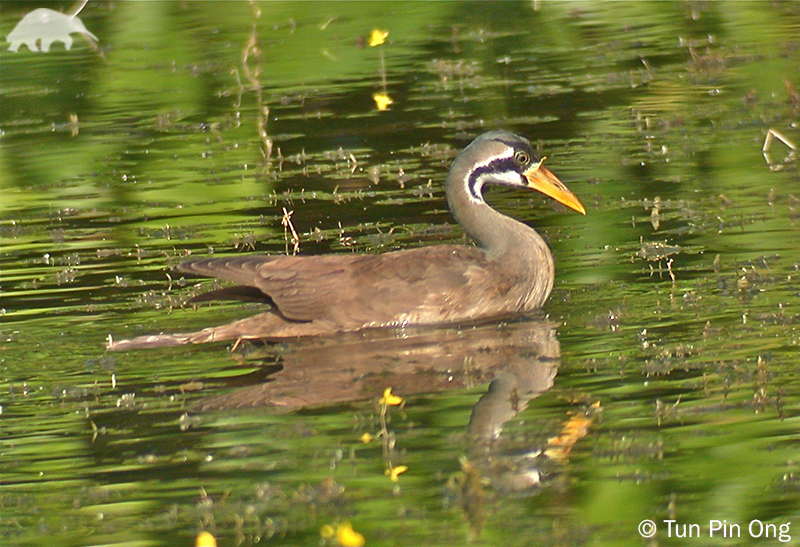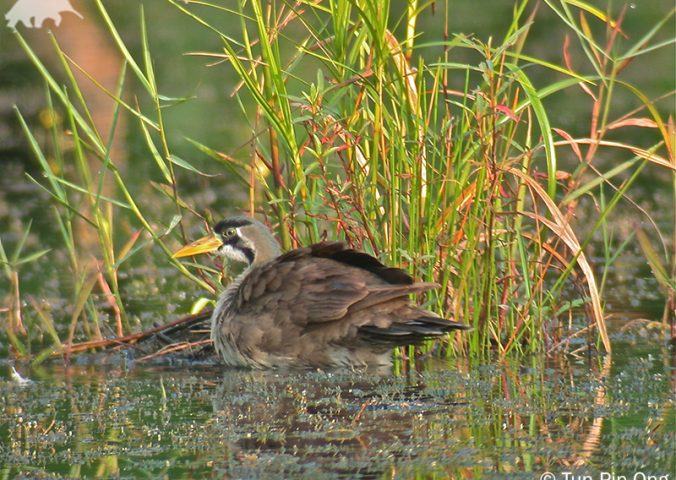About
The Masked Finfoot belongs to a very small family of tropical birds called the Heliornithidae, consisting of just three species, each allocated to their own genus.
This endangered finfoot is perfectly adapted to an aquatic lifestyle. An adept swimmer the finfoot feeds on shrimp and small fish. There is also some anecdotal evidence that masked finfoot feed on insects taken from overhanging vegetation however it is unclear how important this is to their diet. The Masked Finfoot has a restricted, localised distribution encompassing parts of most countries in South-east Asia, also Bangladesh and small parts of India. Persecution, habitat destruction, degradation and general human disturbance have been the main factors causing the population decrease. Numbers are estimated at just 600 to 1,700 adults, which is a small number spread across such a large range, further highlighting the need to understand their migratory and seasonal movements.
- Order: Gruiformes
- Family: Heliornithidae
- Population: 600-1,700
- Trend: decreasing
- Size: 52-54.5cm
EDGE Score
Distribution
Widespread, but patchily distributed across many countries in South east Asia, including Bangladesh, Cambodia, India, Indonesia, Lao People’s Democratic Republic, Malaysia, Myanmar, Singapore, Thailand and Vietnam.
Habitat and Ecology
This aquatic species is found in and around river systems and adjacent lowland woods, including mangroves. The Masked Finfoot prefer brackish or freshwater systems. They feed on shrimp, small fish and some reports of birds eating insects form overhanging vegetation. Migratory and seasonal movements seem to occur at some proportion of the population, but this topic needs further research.

